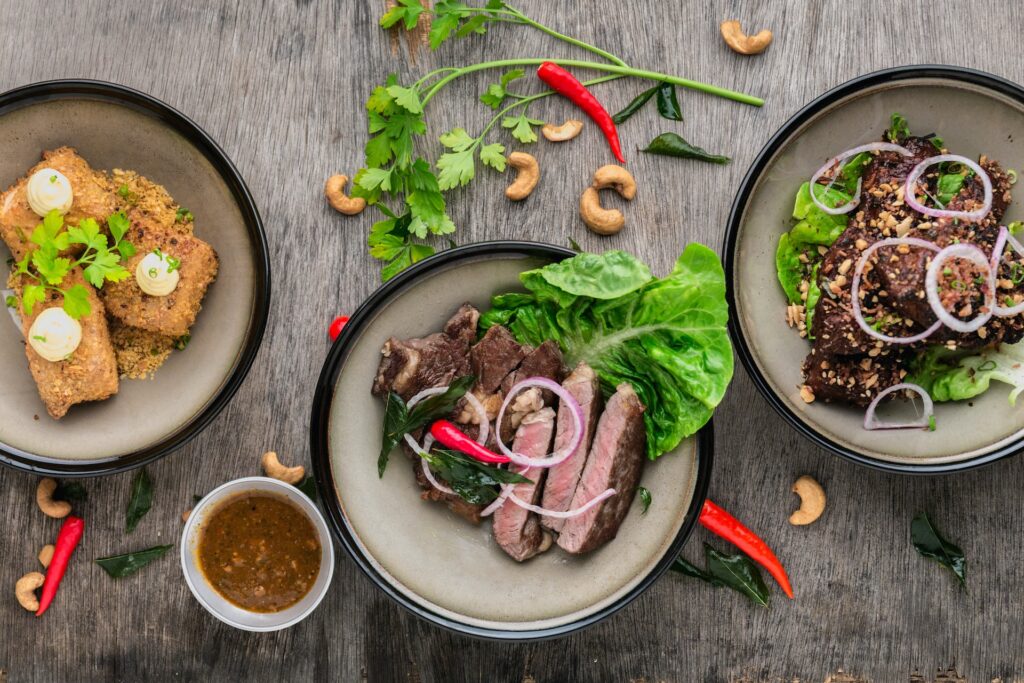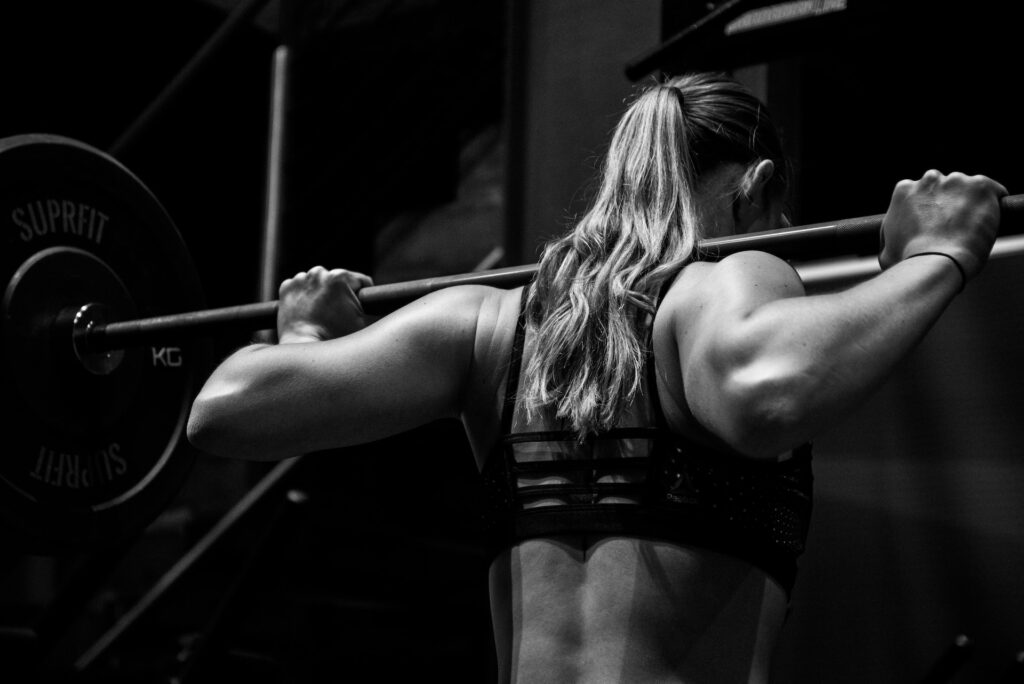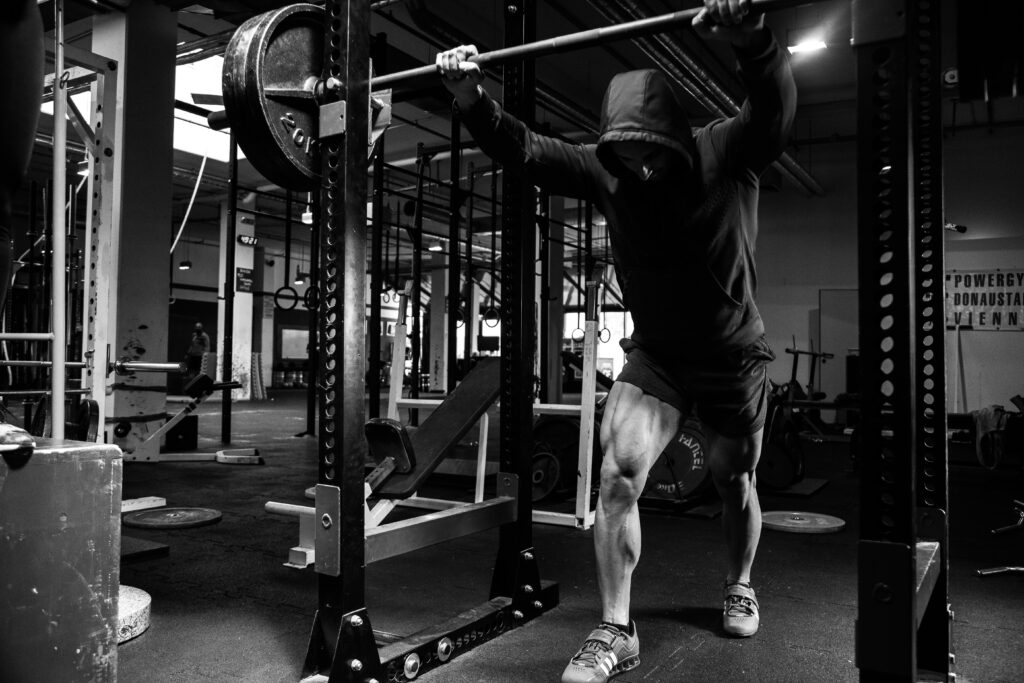Fat loss is an area always up for debate in the fitness industry. It is undeniable that it occurs as a result of a calorie deficit/negative energy balance, yet what most don’t understand are the factors that impact your ability to be in a calorie deficit. Within this article, you will see certain changes you can make towards food that are realistic, easy to implement and help understand why they can be so important.
Zero calorie drinks, sauces, oils and seasonings
Like most, you probably enjoy the higher calorie options, not only because of their taste but also because of the chemical responses these foods give us. The problem is in their highly palatable state, as you will find it hard to stop consuming the very products that are lighting up your brains reward centre.
Drinks and sauces are the most mechanically broken type of calorie as it takes no effort to consume from the viewpoint of mastication (the breakdown of food via the teeth) resulting in a very quick entry into the digestive passages. These items are also generally high calorie for their weight, meaning more energy can be taken in for the same total volume as other foods.
The easy alternative is to find zero or close to zero calorie drinks and finding low fat/low sugar sauces. They will then allow you to spend your calories elsewhere, giving your more volume for foods but also a better understanding of where these calorie are coming from.
This one may hit home especially for those that love to cook with oil. The reason oil and seasoning get their own category is because of how high a calorie content it has for the amount you consume. 20 millilitres of olive oil can contain up to 170 calories and to put that into perspective, that’s only 4 tea spoons. As much as it can enhance the flavour of your food and provide you with a crunchy outer coating, the reality is that it’s probably not worth the calories if you are somebody who is looking to get into shape. The easy alternative is to opt for the 1 calorie sprays as they can still provide you with a some of the enjoyment but at no cost. Seasonings are generally no where near as bad, yet still worth highlighting as they may surprise you. Most seasonings per serving will sit between 10-15 calories and if using multiple forms of seasonings, multiple times a day then you can start to see how this adds up. The solution here may be as simple as monitoring how much and how frequently you have it rather than swapping to another brand/type.

Photo by Lisa Hobbs on Unsplash
Low calorie – high density foods for fat loss
Not all foods are created equal. Foods come with both a number of calories and a density/total weight. The ratio between these two will determine how much of it you can eat within your set targets. A good example here is comparing chocolate and potato. The chocolate has a low density and high caloric content in comparison to the potato with a high density and low caloric content.
This means you have a much greater ability to plough through the chocolate in comparison to the potato. The solution here is to base your foods around items that create a sense of fullness, without the high calories to accompany. These could be foods such as fruits with the skin on, vegetables, all potato types, beans etc…
It may then also be worth increasing protein intake for the additional sense of satiation while providing the muscle building/retention benefit. This is where you can look into various macro nutrient calculators to identify how much of each you could be eating.
Consistent food types, timings & planning meals ahead
The constant yoyo between what you’re eating and when your eating it can cause havoc on hunger signalling and cravings. The body likes consistency and to be specific, so does the digestive system. Now yes its true that you should be eating a variety of colours and textures, but to those of you that aren’t, start by focusing on a few consistent whole foods that can allow you to make a variety of meals at low time and cost. Having set structure through food type and when you eat will help to balance out problems with energy and cravings while also eliminating the poor decisions that are made while you’re hungry.
Don’t forget to still make your food enjoyable though as poor tasting food is unsustainable to prepare and eat.
Planning and making your food ahead of schedule is the perfect way to keep you accountable. Having food pre-made and thought out reduces thoughts towards highly palatable foods and reduces the need for substitutes throughout the day.

Photo by Lily Banse on Unsplash
Reduce your take away/cheat meals
Grow up a little bit. Food is food and we shouldn’t hold certain foods on a pedestal and treat is as only for certain occasions. If you want it, have it, but only have it if you’ve already adjusted for it. The word cheat implies you are doing something wrong, and the reality is this comes down to either a negative relationship with food or knowing that this item isn’t conducive to your fat loss goals. The overindulgence in these types of foods can set a weeks’ worth of progress back to the start. If you’re in a 500-calorie deficit but by Sunday you’d like a treat in the form of a takeaway pizza then that is fine. But if you order the highest calorie version of that pizza on top of your daily food intake then think about how much of that deficit is now gone, purely because of the instant gratification the takeaway provided.
The key is that when you get one, be realistic with it. Go with the option that still tastes nice but provides the lowest negative impact to your current goals. You could also make a like for like with whole foods and lower calories from home.
Be patient and enjoy the fat loss process
When it comes to changes to food within a fat loss phase, we must be conscious of how much we enjoy those food items as this will dictate our adherence to the plan. The key is to make the foods you still enjoy and make them taste nice while not spiking cravings. Having highly enjoyable foods will cause a food focus and causes a mentality shift which will impact your ability to stay on plan. Keep in mind that the further a further you go into a fat loss phase, the better foods will taste so a great option is opting for foods that firstly keep you full with the focus on taste being the second factor.
Fat loss takes time. In order to lose 1 pound of body fat, you need to have been in a 3500-calorie deficit which works out as 500 calories per day. Depending on your start point, you may not notice a change in the physique until you are between 5-10 pounds down so don’t be disheartened when this occurs. When in a fat loss phase, each pound/kilo lost has a compounding effect whereby you notice it more and more, so stick with the process for long enough and you will see positive change.
Remember that changes to food is only a single portion of the equation, albeit one of the bigger portions. General daily movement, resistance training and cardio vascular exercise also play a part in your fat loss journey, so be sure to keep your focus on all aspects.
___
If you want to see more information on training with an injury, see my latest Instagram posts at @the_biomechanics_coach. Or, if you are interested in exploring other areas of your training and becoming the best athlete you can be, what about reading my last post on the conquering training injuries.



